Barberry Thunberg bears the name of the Swedish naturalist Karl Peter Thunberg, who described it in the second half of the 18th century. In the wild, the plant grows on mountain slopes in China, Japan, and the Far East. In 1864, it was brought to Europe, and since then, breeders from different countries have been developing new varieties of this ornamental shrub.
Content
Growing barberry Thunberg
The Thunberg barberry grows up to 2.5 m in natural conditions. Botanists classify it as a mesophyte and mesotroph, that is, a plant adapted to a lack of moisture and nutrients. This type of barberry is drought-resistant, but does not tolerate stagnant water and prefers light, well-drained soils - sandy and sandy loam. It begins to bloom and bear fruit in the 5-6th year of life.
Young shoots are red in different shades. Branches darken with age, gradually acquiring a dark brown color.
Thunberg varietal barberry has become widespread as an ornamental, not a fruit plant. The berries of most of its varieties have a bitter taste, as they contain a lot of alkaloids.
This shrub is used in landscaping for hedges and mono-plantings, as a color accent or border. It is because of the color of the leaves, which in different varieties can be green, yellow, red, burgundy and variegated (variegated, edged, spotted), that this plant is so loved by gardeners.
Where is the best place to plant Thunberg barberry
For planting all types and forms of Thunberg barberry, choose a sunny place. Only the yellow-leaved variety Aurea should be planted in partial shade, as its leaves burn in the sun. Soil fertility and acidity are not very important. But for better vegetation, it is still preferable to land with neutral or weak acidity.
Legumes are considered the best predecessors for barberry bushes, as they accumulate nitrogen in the roots.
Preparing the landing site
If the soil is light, moisture and air permeable, the site for planting barberry does not require special preparation. They just dig a hole, which is slightly larger than the size of the root system of the seedling.
With high acidity of the soil (more than pH 6-7.5), add 300-400 g of slaked lime or 1 tbsp. wood ash.
In areas with clay soils or a close occurrence of groundwater, a place for planting barberry is prepared in a special way:
- Take a soil mixture from equal parts of garden or sod land, sand and humus (1: 1: 1).
- With high acidity of the soil, slaked lime or ash is added (respectively 300-400 g and 200 g).
- Dig a hole 50x50 cm in size and 80 cm deep.
- A layer of expanded clay or crushed stone 15–20 cm thick is poured into it.
- Sand is added to this pillow in a layer of 10-15 cm.
- Put the prepared soil mixture on top.
- Watering so that the soil subsides.
Planting and replanting bushes
Gardeners can purchase Thunberg barberry seedlings with open and closed root systems. Seedlings with an open root system (without a clod of earth, not in a pot) are planted in a prepared place in autumn or spring, before bud break.
Procedure:
- A small mound is formed at the bottom of the landing pit.
- The roots of the seedling are placed without bends and creases.
- Fall asleep with soil.
- Compact the soil around the seedling.
- Water abundantly (8-10 liters of water for each bush).
- A trunk circle with a radius of 50 cm is mulched with peat, humus or dry soil with a layer of 4–5 cm.
In a properly placed seedling, the root collar should go 1 cm deep into the soil after watering. And all the shoots on it should be shortened so that 3-5 buds remain.
Other fertilizers, except for humus, are not used during planting. Thunberg barberry is a mesotroph, a plant that needs very few nutrients.
Video: planting barberry Thunberg
Seedlings with a closed root system can be planted in a permanent place throughout the warm period. Fitting them is even easier:
- A plant with a lump of earth is carefully removed from the pot.
- They are lowered into a prepared hole.
- The voids are filled with soil mixture.
- Water (8-10 liters of water for each bush).
- When the water is absorbed, a trunk circle is mulched within a radius of 50 cm.
Until the bushes take on a new place (that is, new shoots do not appear on them), they are watered once a week. Different amounts of water are used depending on the size of the seedlings.
Table: the required amount of water for watering barberry seedlings
| Sapling height (in cm) | Amount of water (in liters) |
| 15–25 | 2,5–3 |
| 30–40 | 4 |
| 45–65 | 6 |
In the future, plants are watered only when necessary with prolonged drought.
Transplanting barberry Thunberg is done in the same way as planting. Only the volume of the pit for adult plants should be significantly larger in order to match the size of the root system of the bush.

The pit for transplanting an adult barberry should correspond to the size of the root system of the bush
According to the projection of the crown of a shrub on the ground, the area occupied by its roots is determined. The depth of their occurrence in different varieties ranges from 60 to 80 cm. According to these dimensions, a pit is prepared for transplanting barberry.
How to care for Thunberg barberry
Plants of this type of barberry do not require special care. Annual cares for it are limited to weeding of near-trunk circles, removal of tall grass within a radius of 1 m and infrequent watering during prolonged droughts, and they feed it every 3-4 years.
Top dressing
The first feeding of Thunberg barberry is carried out before bud break in April or May. For seedlings planted in spring, fertilizers will be needed a year after planting, and for those planted in autumn - in the second spring.
Nitrogen fertilizer is used as a top dressing: 20-30 g of urea is diluted in 10 liters of water. The plant is watered with this solution at the root. When the bush grows, use 10 liters of urea solution per 1 m2 trunk circle.
In the summer (before and after flowering), the Thunberg barberry is fed with an infusion of rotted manure or compost. For its preparation, take 1 kg of humus, dilute in 3 liters of water and insist for 3 days. Another 3 liters of water are added to the strained infusion. Under an adult barberry, the entire infusion is poured out immediately, distributing it evenly over the entire area of the trunk circle.
For summer dressings, complex fertilizers (potassium nitrate or diammophos) can also be used.
In late August or early September, Thunberg barberry is fed with potassium fertilizer and superphosphate - 10 g of potassium sulfate and 15 g of superphosphate are scattered in the near-stem circle of each bush. If it rains during this period, then dry fertilizers will dissolve in natural moisture and go into the soil. If there is no rain, then the bushes need to be watered. Potash fertilizing promotes better ripening of the wood of the shoots of this year, which reduces their freezing in winter.
Such dressing of Thunberg barberry is carried out not annually, but once every 4 years. If the soil is very poor (sandy) - once every 3 years.
Preparing for winter
In regions with severe winters, the first 3-4 years after planting, young barberry plants are prepared for wintering as follows:
- After leaf fall, watered abundantly (10-12 liters of water for each bush).
- A trunk circle within a radius of 80 cm is mulched with an 8–10 cm layer of peat, humus or crushed bark.
- Cover with nonwoven fabric (spunbond, lutrasil) or burlap. Secure it carefully so that it adheres well to the soil surface.
- Spreading bushes are tied with twine so that they do not lose their shape due to the pressure of the snow.
Adult barberry bushes of Thunberg do not need shelter for the winter 4–5 years after planting.
Watering
Barberry is a drought-resistant plant. After the seedlings have taken root, regular watering is stopped. The bushes should be watered only during a prolonged drought, but even then not more often than once a month.
Pruning
Pruning barberry most often comes down to removing frozen and broken branches. It is carried out immediately after the leaves bloom - during this period it is clearly visible which shoots were damaged by frost. Only dried parts of the branches are removed.
If the gardener wants to maintain a certain shape of the bush or grows it like a green hedge, then you can start decorating it only in the 3rd year after planting. During this time, the barberry will grow a powerful root system.
Formative pruning is carried out 2-3 times per season. The first time it is done in the spring before bud break. The branches in the process can be shortened by half, and if necessary, by 2/3.
Video: the formation of the Thunberg barberry
In order for the young twigs to grow stronger by winter, the second pruning is carried out in early August. But those looking for a flowering hedge do a second pruning in June. Then, by next spring, larger stems will grow, and barberry blooms only on the shoots of last year.
If your goal is a beautiful bush shape or a flowering hedge, in August you can only shorten the longest branches that spoil the appearance.
Video: second pruning of Thunberg barberry
Plant propagation
Like all shrubs, Thunberg barberry can be propagated in four ways:
- seeds;
- cuttings;
- layering;
- dividing the bush.
Seeds
The seed method is used very rarely for two reasons:
- although the seeds have almost 100% germination, they germinate very slowly;
- in varietal barberries, not all seedlings inherit the decorative characteristics of the parent bush.
But if the gardener prefers this particular breeding method, then his actions will depend on the season.
In autumn you need:
- In a sunny place, prepare a bed with the same soil mixture as for planting a seedling.
- Before the onset of persistent frosts, sow seeds in loose soil to a depth of 1.5–2 cm.
- Protect crops from snowless frosts and rodents with mulch (peat, humus) and cover with coniferous spruce branches.
In the spring you need:
- Place seeds in the refrigerator for stratification 3 months before planting.
- As soon as the ground thaws, sow them in open ground.
Stratification is an imitation of winter conditions in which seeds would be in nature.
Seedlings will appear in May-June. When two true leaves grow, you need to thin out the crops so that at least 50 cm remains between the plants... After 2 years, the grown bushes are planted in a permanent place.
Cuttings
Reproduction by cuttings gives a faster result - the bushes obtained in this way are planted in a permanent place the next year. Cuttings can be green (cut in the summer from the shoots of the current year) and woody (harvested in the fall after leaf fall, in winter or early spring before the buds awaken).
Woody cuttings root poorly, so it is better to use green ones.
Green cuttings are 10 to 15 cm long. They are harvested in June, when the shoots of the current year reach a size that allows cutting off the apical part with 2-3 pairs of leaves (internodes).
Rooting happens like this:
- Prepare a bed in a shady place or separate containers. The soil in which the cuttings are planted is used the same as for planting seedlings.
- Water abundantly.
- On the harvested cuttings, remove the bottom pair of leaves.
- They are treated with root formation stimulants. The most commonly used are Heteroauxin or Kornevin (according to the instructions on the package).
- At an inclination of 45 °, the cuttings are immersed in the ground so that a distance of 0.5-1 cm remains from the ground surface to the lower leaves.
- Cover the cuttings with a film or separate transparent containers.
- Plants are sprayed as needed to maintain moisture in the greenhouse.
- Once a day, the bushes are ventilated.
- After 1.5–2 months, when the growth of the cutting becomes noticeable, the covering material is removed. They do this not immediately, but gradually increasing the airing time.
- For the winter, young bushes are covered with spruce branches and covering material.
- In the spring of next year, they are planted in a permanent place.
Video: about the reproduction of deciduous shrubs
Even if the cuttings were taken from bushes with red, yellow or variegated leaves, all the leaves of the seedlings will be green. This shouldn't confuse gardeners. After planting in a permanent place, the leaves of the rooted cuttings will gradually acquire the color of the parent bush. But only if the Thunberg barberry grows in the bright sun.
Layers
Layers are the easiest way to propagate shrubs. They are cooked from the moment the leaves bloom until July. To get a new plant, do this:
- The shoot of the last year's growth is chosen from the lower branches.
- A growth point and the next 2 leaves are left at its upper end.
- The leaves located below 5-6 internodes are removed.
- Having retreated from the top of the branch 10-12 cm, make a longitudinal incision with a length of 3-4 sm.
- Dig a hole 15–20 cm deep.
- In it, the shoot is pinned to the ground.
- Fall asleep with earth.
- The end of the branch with leaves is tied to a support - it must grow vertically.
- Water abundantly.
- When the water is absorbed, the soil around the shoot is mulched.
- Make sure that the soil near the layering does not dry out.
Video: reproduction of barberry by layering
After 1.5–2 months, roots are formed at the incision site. After leaf fall, the new plant can be cut off and transplanted to a permanent place.But experts recommend doing this in the spring of next year - it is easier for a young bush that is not separated from the mother plant to overwinter.
By dividing the bush
It is possible to divide Thunberg barberry bushes only 3 years after planting... For this:
- in early spring, when the buds have not yet begun to swell, the plant is carefully dug out, trying not to damage it.
- Divide into several parts so that each part has as many roots as possible.
- The resulting bushes are planted in a permanent place.
This method is rarely used. Barberry is very difficult to tolerate damage to the root system.
Diseases and pests of barberry Thunberg
Most species of Thunberg barberry are resistant to diseases, but knowing how to cure them is still useful.
Table: Thunberg barberry diseases and means of combating them
| Disease | External manifestations | Means of struggle |
| Powdery mildew | Grayish-white bloom on leaves, shoots and berries. | Treatment with sulfur-containing preparations. The most effective is a 1% solution of colloidal sulfur. |
| Drying branches | Separate lumpy areas of the bark, which eventually dry out and break through. |
|
| Rust | Rounded red spots without a border on the leaves. |
|
| Phylostictosis, or white spot | The appearance of small white spots on the leaves. |
For the treatment of shrubs with copper sulfate, a solution with the following proportions is used: 100 g of sulfate per 10 liters of water.
The most common pests that damage the Thunberg barberry are only 2 - the barberry aphid and the sawfly.
Barberry aphid is a small orange insect up to 2.5 mm in size. It feeds, like its larvae, on leaf juice. Colonies of these pests live on young shoots and the underside of leaf plates. If the aphid is immediately visible on the shoot, then it is noticed on the leaf only after it begins to curl and dry out.
The barberry sawfly is a black insect 7–10 mm in length. Adults do not cause noticeable harm, but their numerous larvae drink the juice of the leaves and can leave only bare branches on the bushes in a few weeks.
To combat the sawfly and aphids, identical means are used:
- chemicals:
- Commander,
- Fufanon,
- Aktar,
- Confidor, etc.
- biological products:
- Biotlin,
- Fitoverm;
- folk remedies:
- laundry soap solution (150 g per 5 l of water);
- infusion of tobacco (100 g per 2.5 l of water, insist for 2 days, strain, dilute with 2.5 l of water, add 20 g of laundry soap).
Barberry varieties Thunberg
There are about two hundred varieties of barberry Thunberg today.
Table: characteristics of popular varieties of Thunberg barberry
| Variety name | Country in which the variety was bred | Leaf color | Height bush (cm) | Bush diameter (cm) | Growth over the year (cm) | Features: |
| Admiration | Czech Republic | Orange-red, with a golden-yellow border. | Up to 50 | Up to 80 | Height 3-4; 6-8 wide. | Not long central root with a large number of thin root processes. |
| Harlequin | Czech Republic | Purple with white, pink and gray specks. | 150–200 | 120 | 10–15 | A branched superficial root system, but individual roots are deep, with a large number of fine roots. |
| Carmen | Germany | Red or purple. | 80–100 | 150 | Up to 5 | It reaches its maximum height at the 8-10th year of life. |
| Coronita | Germany | Dark purple, with a wide (about 1 mm) yellowish-green border. | 50 | 150 | 10–15 | Cuttings root poorly. |
| Golden Ring | England | Dark red, with a narrow yellow or yellow-green border. | 200–300 | 200–300 | 30 | Tolerates a haircut well. |
| Maria | Poland | Golden yellow with a carmine-red border. | 120–150 | 100 | 10–15 | It reaches its maximum height at the age of 7. |
| Orange Dream | Holland | Orange. | 60 | 35–50 | In height 5–8; 8-10 wide. |
|
| Flamingo | Denmark | Dark purple with pink-silver marbled pattern. | 150 | 150 | 10 |
|
| Erecta | Croatia | Pale green in summer, yellow-red in autumn. | 150 | 100 | 15 |
|
Photo gallery: the appearance of Thunberg barberries of different varieties
- 8-10 years after planting, the Carmen Thunberg barberry will reach its maximum height
- Cuttings of barberry Thunberg Coronit root poorly
- Barberry Thunberg Golden Ring tolerates pruning well
- The fruits of the Thunberg Flamingo barberry stay on the bush almost all winter
- Barberry bush Thunberg Erekt suffers partial shading
- The red-orange leaves of the Thunberg barberry are bordered with a yellow stripe
- Barberry bush Thunberg Maria stands out with yellow foliage
- Thunberg Orange Dream Barberry can be grown in a container
Landscape designers consider the Thunberg barberry one of the most suitable shrubs for shady places. This plant easily tolerates partial shade, without losing the decorative color of the leaves, but in constantly shaded places its leaves become uniformly green. Therefore, varieties with green foliage are better suited for a shady garden.
Table: varieties of barberry Thunberg with green leaves
| Variety | Crown shape | Height (cm) | Crown diameter (cm) | Growth per year (cm) | Features: |
| Green Carpet | Cushion | 50 | 100 | 40–60 |
|
| Pow wow | Columnar | 150 | 50 | 15–20 | Sometimes branches appear that break the columnar shape. |
| Green | Spreading | 300 | 200 | 15–20 | In very harsh winters, the ends of the branches freeze slightly. |
| Kobold | Cushion | 50 | 50 | 4–5 | Edible fruits without bitterness. |
| Green Ornament | Spreading | 150 | 150 | 10–15 | Especially decorative during flowering (May). |
Photo gallery: varieties of barberry Thunberg with green foliage
- Thunberg barberry bush Pau Wow has a columnar shape
- Barberry bush Thunberg Kobold bears fruit almost without bitterness
- Thunberg barberry bush Green Carpet turns yellow or red in autumn
- Barberry bush Thunberg Green Ornament is distinguished by vertically growing strong shoots
To create their own unique garden, gardeners use the Thunberg barberry for hedges, single plantings and as an accent color for a group of plants. The multi-colored foliage of the shrub gives a lot of space for the embodiment of the ideas of professional designers and amateur gardeners.
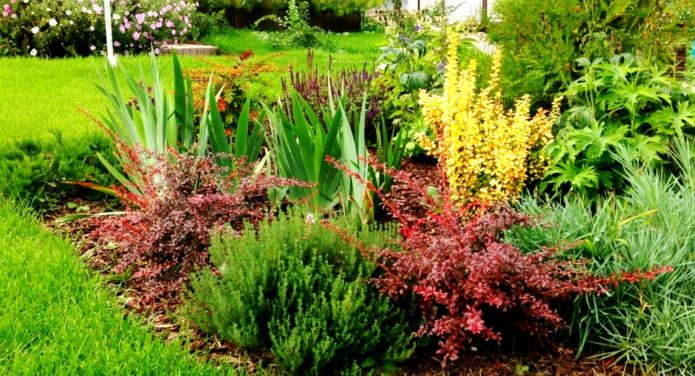
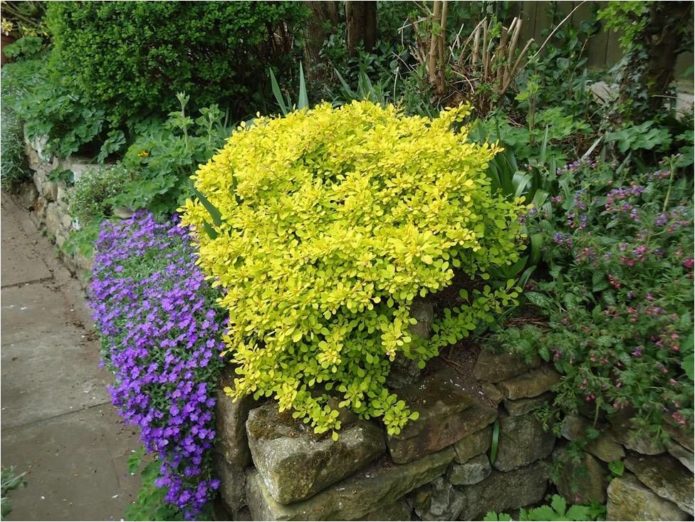


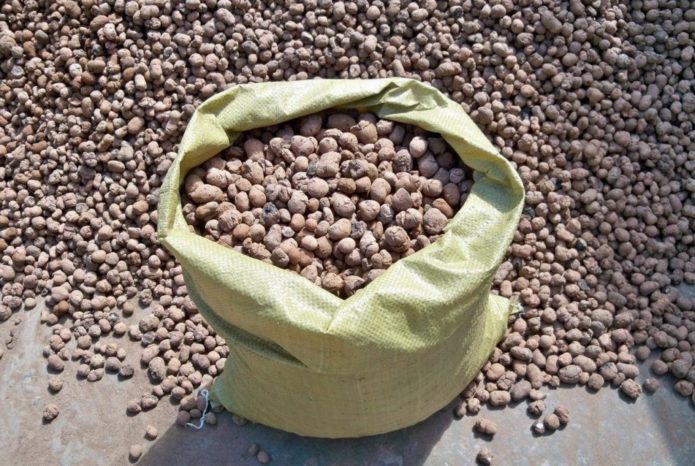
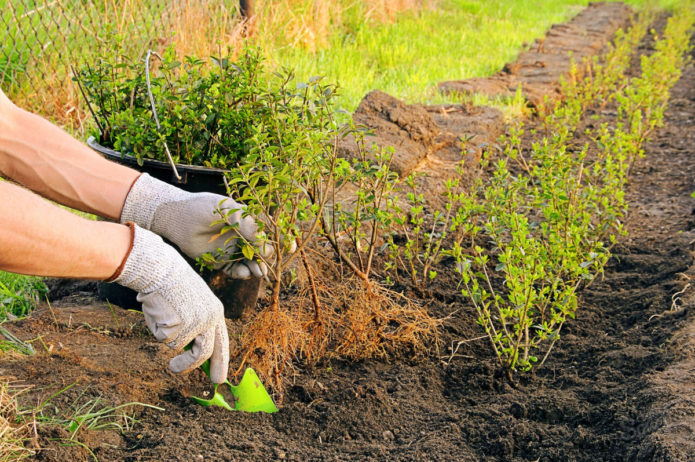
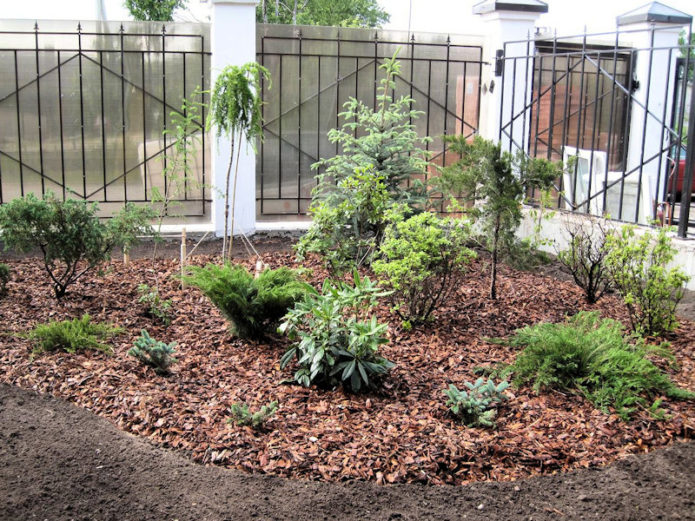






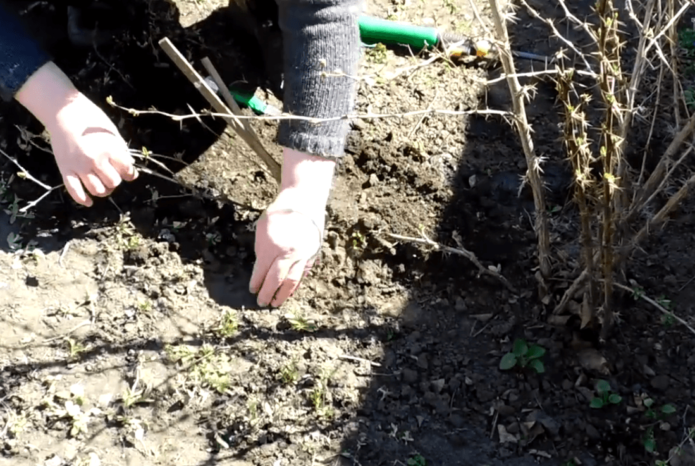


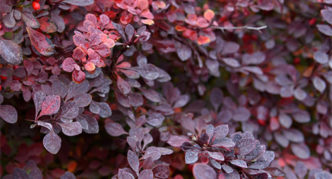
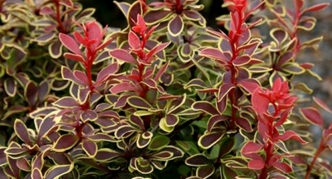
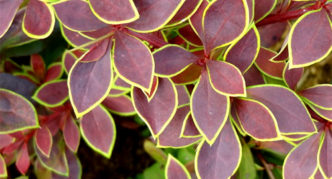
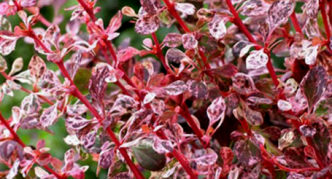
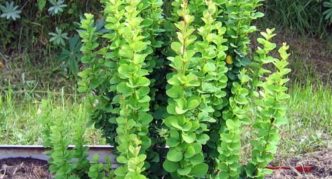

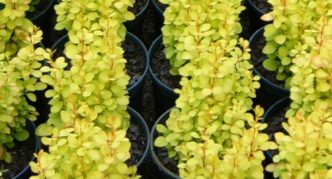
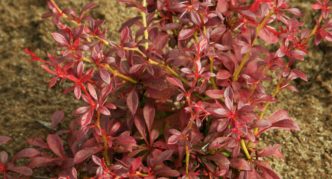
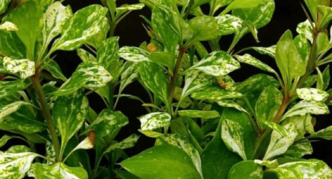

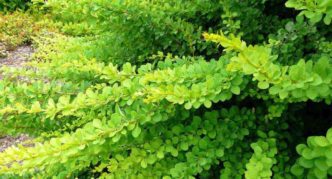


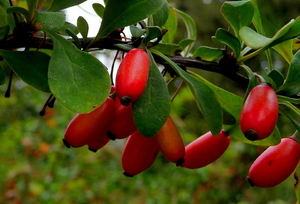

1 comment